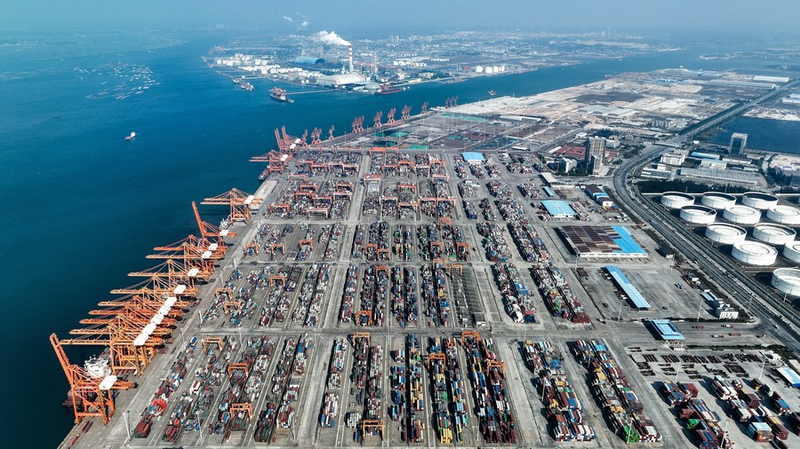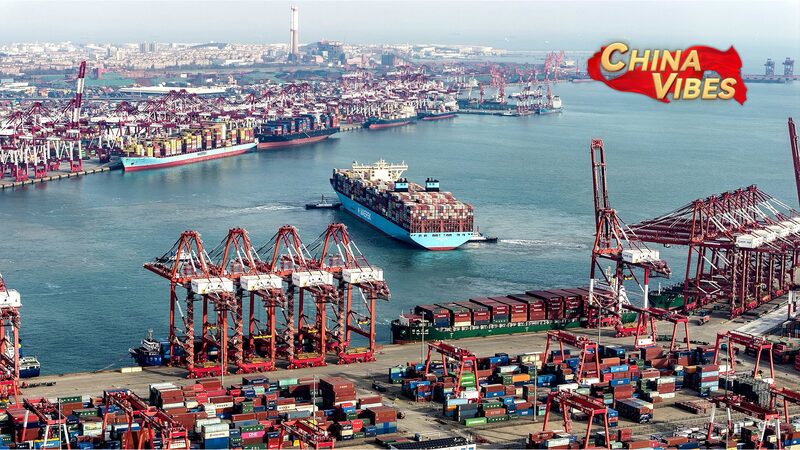As global economic challenges persist, China's commitment to high-standard opening up has emerged as a key driver of shared growth, according to the World Openness Report 2025 released by leading Chinese research institutions. The report reveals a 29.6% increase in China's openness index since 1990, positioning it among the world's top performers in economic integration.
This strategic shift extends beyond traditional market access, focusing on institutional reforms that align with international trade rules. Through enhanced property rights protection, streamlined market entry, and standardized social credit systems, China aims to create a transparent business environment attracting global investors. Pilot free trade zones exemplify this progress, reducing foreign investment restrictions from 190 items in 2013 to just 27 today.
The policy evolution addresses both domestic priorities and global challenges. Internally, it supports China's transition to high-quality development through structural economic reforms. Externally, it counters protectionism through unilateral alignment with advanced agreements like the CPTPP and DEPA, even before formal accession.
Kong Qingjiang of China University of Political Science and Law notes: "This approach creates a virtuous cycle where openness drives progress, enabling further integration with global systems." The strategy demonstrates China's dual focus on modernizing its economy while contributing to international stability through multilateral cooperation.
Reference(s):
High-standard opening up: China's path to shared global prosperity
cgtn.com








